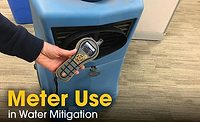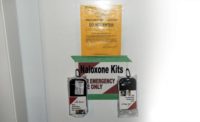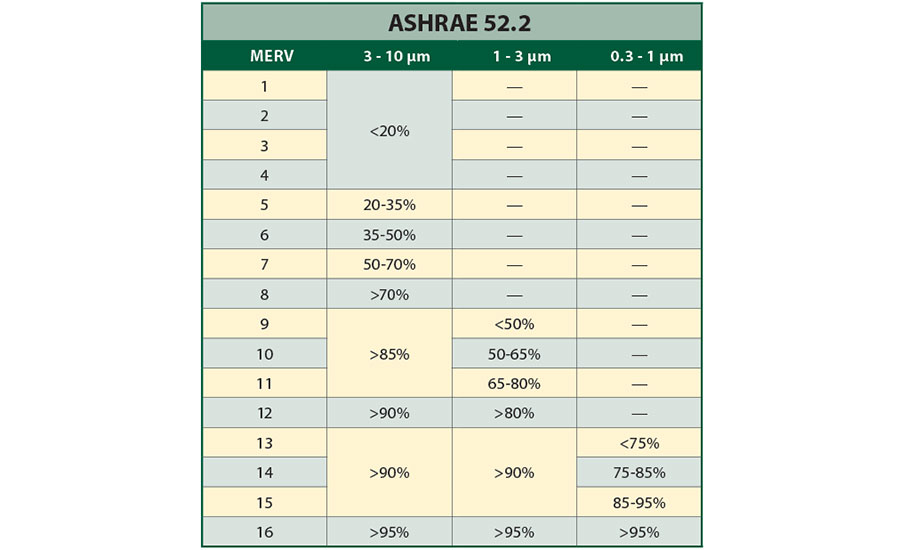IAQ Tips for Water Damage Remediators






It’s front page news these days: indoor air quality and health problems caused by mold. Asthma and the allergies mold often triggers are major drivers toward the layman’s understanding of IAQ. But players in the restoration and remediation industry should understand how mold fits into the real picture of overall indoor air quality.
IAQ is controlled through three components:
- the building itself
- the contents of the building
- the environment around the building
On the one hand, building operators have some power to influence IAQ because they have a certain amount of control over the building and its contents. On the other hand, nature and the environment are full-time influencers. One response to this situation is the modern tendency toward sealing buildings… sealing nature out. Of course seals usually work in both directions, also trapping moisture and many types of pollutants inside.
3 Categories of Air Pollutants
Excess moisture can allow mold to establish itself. Mold is a specific type of air pollutant, known as a biological pollutant. In fact, there are three major categories of air pollutants: biological, chemical, and radioactive.
Biological pollutants include pollen, mold and mold spores, bacteria, and dust mites.
Chemical pollutants are gases, evaporated liquids (vapors), and tiny aerosolized particles. Gases could be, for example, formaldehyde or ozone. Vapors are usually evaporated from solvents, or produced via the decay of organic materials. Vapors are usually referred to as VOCs (volatile organic compounds). Aerosolized particles of concern would likely be asbestos and lead. Pollen and dust mites can be considered a hybrid: biological particles.
The range of radioactive pollutants is almost always cut down to one for household and light commercial remediation purposes: Radon. The presence of actual radioactive materials in a building (hospitals, for instance) would be good reason to call a specialist.
Improving Indoor Air Quality during Remediation
Ventilation (dilution), filtration, and source control are the three methods for improving indoor air quality. A good, average ventilation target is six air changes per hour (ACH). This usually strikes a reasonable balance of cost-effectiveness between the equipment used and the gains realized. A 500 CFM air scrubber could be used in up to a 5,000 cubic foot room.
5000 FT3 / 500 CFM = 10 minutes per air change
60 minutes per hour / 10 minutes per air change = 6 air changes per hour
Under very poor conditions, especially common during demolition, more ventilation could be necessary. Air scrubbers are used when recirculating the air or when the discharged air must be cleaned. MERV 13 filters are usually the minimum rating ever recommended for scrubbers.
Remediators should know about the Minimum Efficiency Reporting Value, or MERV, ratings on the filters used in air scrubbers. Air filters are rated to standards from the American Society of Heating, Refrigeration, and Air Conditioning Engineers (ASHRAE). The most widely-used filter rating standard is the MERV standard (ASHRAE 52.2-1999).
The MERV standard measures filtration efficiency against three particle size ranges: 3 to 10 μm (microns), 1 to 3 μm, and 0.3 to 1 μm. Efficiency is expressed as between 1 and 16. Higher MERV values indicate greater filter efficiency and more effectiveness against smaller particles.
Pollen is in the 10 to 100 micron size range. Mold spores are around 2 to 20 microns. Bacteria and viruses hold the slot from 2 microns down to 0.3 microns. Tobacco smoke ranges from 5 micron particles all the way down to gasses that pass right through any particle filters and require activated carbon filters to adsorb the pollutant molecules.
Most air scrubbers are capable of running with a HEPA filter. HEPA filters use a different filtering mechanism; they aren’t designed to work like a screen. That’s why they are always protected by one or two pre-filters. You want to let them do what they do best, which is capture very tiny particles. A good HEPA filter will remove over 99.97 percent of particles 0.3 microns in diameter. There is a lot of science behind designing a HEPA filter and they are priced accordingly. Protect your HEPA filters like a good football team protects their quarterback.
Understanding & Dealing with the Source
Every IAQ pollutant comes from a source. Pollutants can evaporate out of a liquid or be produced by a biological source. They can also be physically disturbed into the air by rapid airflow and/or brushing and sweeping. Any of these could be considered a source. Containing the source is another important tactic to keep indoor air quality under control.
Taped-in-place 6-mil polyethylene sheeting is commonly used and the containment area is kept under slight negative pressure. This means the poly sheeting should be noticeably pulled inward by the lower pressure within the contained area. The exhaust air from the containment area should pass through a HEPA filtered air scrubber and is best exhausted outside. Experienced remediators using professional judgment will often place additional air scrubbers to recirculate air inside the containment in addition to the airmover being used to maintain the negative pressure. Water remediators know about water vapor containment and secondary damage, so it’s not a big leap to understand containment of pollution sources to maintain good IAQ outside the area of the source.
Understanding the S520 Standard
Mold remediation is an involved process. There are legal and professional guidelines and standards in place. The IICRC S520 Standard and Reference Guide for Professional Mold Remediation contains information and recommended remediation procedures. Get familiar with the IICRC S520 procedures and requirements to safely diagnose and remediate mold growth.
Basically, if you see it or smell it, then there is mold. Any area where wood, paper, or drywall has been wet for more than two days is likely to have mold beginning to grow. Molds feed on cellulosic and other organic material, they release digestive juices that dissolve the material. Molds then absorb the liquefied material and use it to grow and reproduce. Some of the byproducts of their feeding have distinctive odors, this is the “moldy” smell that gives away their presence. Mature mold releases spores into the air. Spores are actually what cause the allergic reactions in people susceptible to them. The worst case can occur after a susceptible person becomes sensitized to the spore allergen. Further exposure can then trigger very serious allergic reactions.
IAQ remediation is almost always serious business.
Please do spend some time learning about the S520 Standard.
Looking for a reprint of this article?
From high-res PDFs to custom plaques, order your copy today!










